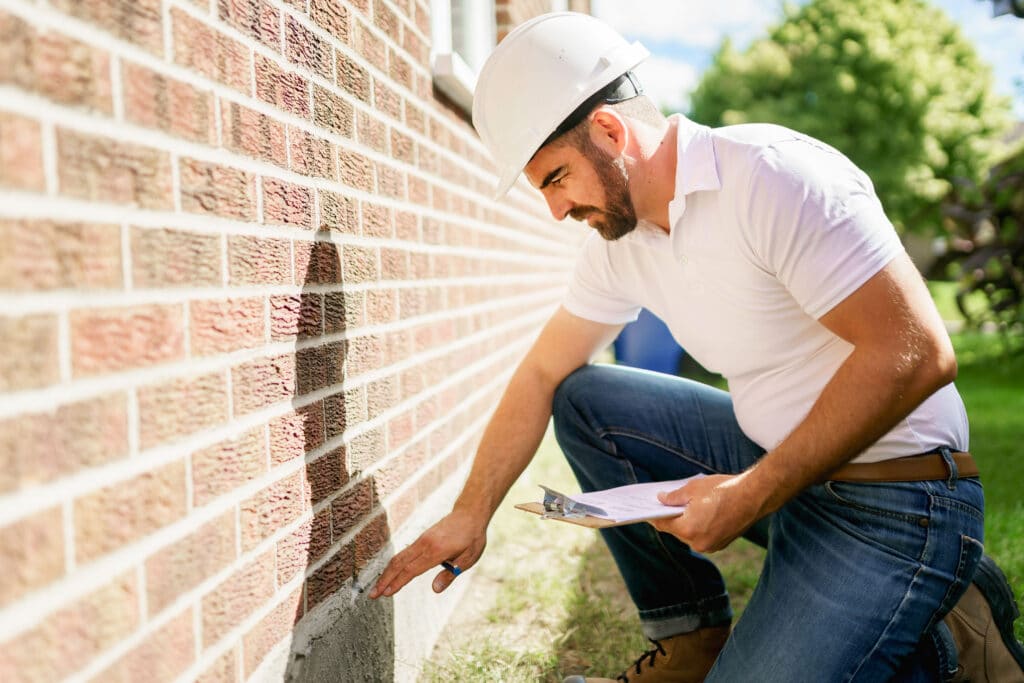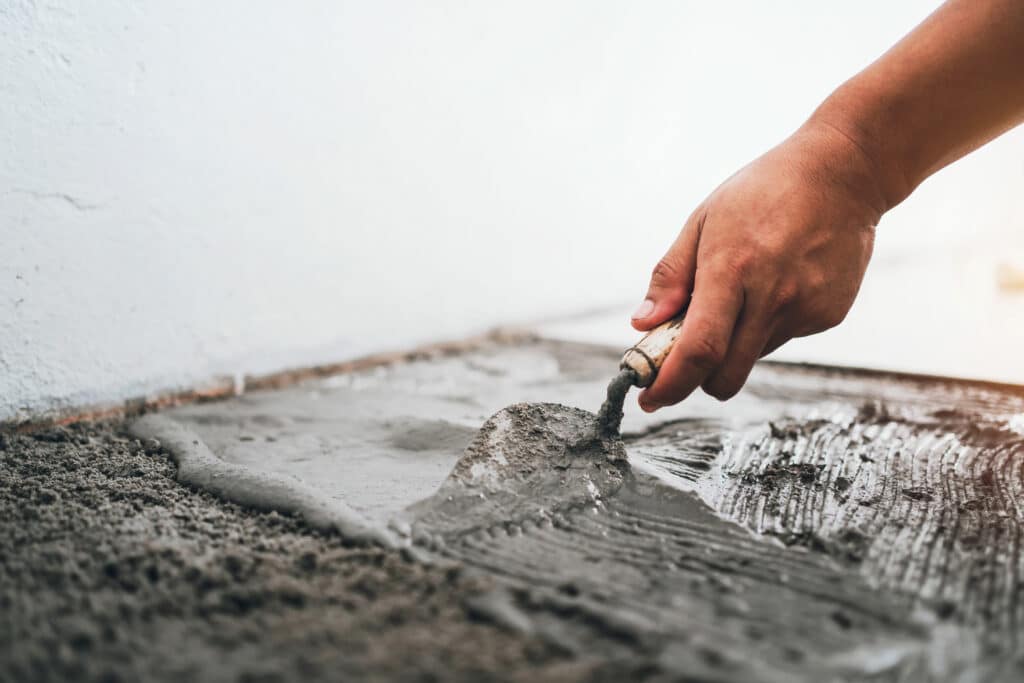Common Causes of Foundation Problems in Columbus
A home in Columbus might experience foundation issues for various reasons. Some are unique to the local environment, while others are widespread nationwide. They include:
- Soil composition: Soil with large sand or clay concentrations is highly expansive. In the heavy rainfall Columbus receives, the soil soaks up moisture like a sponge, then releases it in dry seasons. The constant expansion and contraction presses against nearby foundations, even if the foundations keep dry.
- Aging plumbing: The average Columbus home construction year is 1981. If you live in an older home, it's likely to have cast-iron plumbing. When the pipes start eroding, leaking water could reach your foundation and even pool beneath it.
- Improper modifications: Landscaping or roofing work that wasn't done to standard could result in your foundation settling.
- Tree Roots: Tree roots can enter a home's foundation through crevices, and may create stress that results in your foundation cracking, pipes leaking, and overall structural deterioration.
How to Choose the Best Foundation Repair Company
Your home's foundation is essential to its structural integrity, so it's important to work with a quality foundation repair company. Evaluate each company using the following criteria:
Licensing and Experience
In Georgia, foundation companies may be licensed as general or specialty contractors. If a company holds a specialty license, it can only perform jobs within its Secretary of State-assigned classifications. Classifications are task-specific, including such specialties as concrete tilt-up, grading, and masonry. Talk to staff to gain more insight into a company's experience. You should ask about local inspection processes, permit ordinances and building codes.
Another way to determine a company's reputation is to look at its website. There, you can learn how long it's been in business and its trade credentials. It might also share knowledge and insights through blog posts, podcasts, or videos.
Customer Reviews
When you're researching a company's credibility, head to its Better Business Bureau (BBB) profile. There, you can find its rating and a list of customer reviews, both complaints and positive experiences. Complaints aren't necessarily a red flag in themselves. You want to discover how a company responds to them. If the management team consistently and proactively resolves issues, it's a good sign. However, if the company lacks accreditation, shows more negative reviews than positive ones, and doesn't communicate well, you should avoid working with it.
Finally, we recommend you search additional sites, including Trustpilot and Google, for additional feedback.
Foundation Repair Cost in Columbus
The price of foundation repair can differ quite significantly depending on the scale of the issues and what's required to resolve them. For minor foundation fracturing and settling problems, you may pay as little as $1,800. However, if there is significant damage, the normal cost is about $3,000. More intricate projects involving excavating, helical piers, or major mudjacking could cost upwards of $6,900. Below are the average foundation repair costs for common issues.
| Common Foundation Repair Services | Average Cost |
|---|---|
| Crack Repair | $355 |
| Leak Repair | $2,857 |
| Stabilization | $4,955 |
| Underpinning | $1,359 |
| Waterproofing | $3,157 |
Ready to Get a Quote on Your Foundation Repair Project?
Please enter a valid 5-digit zip code!
Frequently Asked Questions About Foundation Repair in Columbus
What will I pay to repair my foundation in Columbus?
What are the different types of foundations in Columbus?
What's the time to complete a typical foundation repair job?
Is foundation repair covered under my homeowners insurance?
To share feedback or ask a question about this article, send a note to our Reviews Team at reviewsteam@thisoldhousereviews.com.
More Foundation Resources
National Foundation Repair Ranking Methodology
Sources
U.S. Census Bureau (American Communities Survey)














